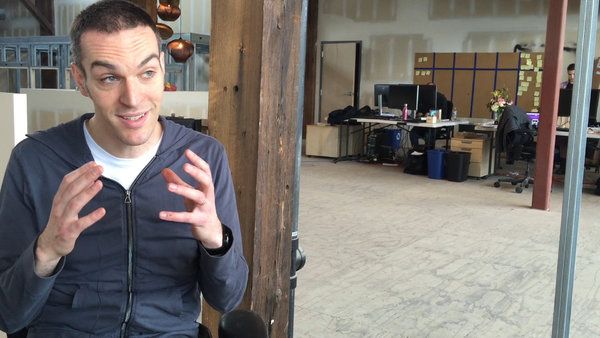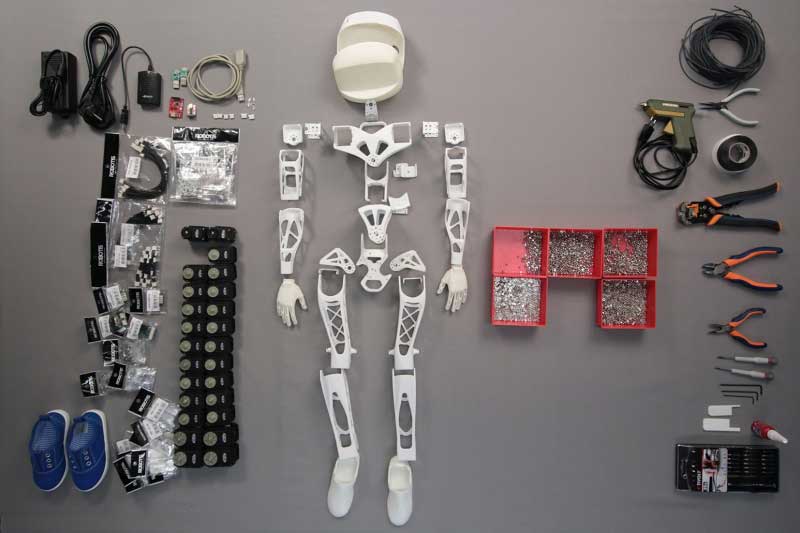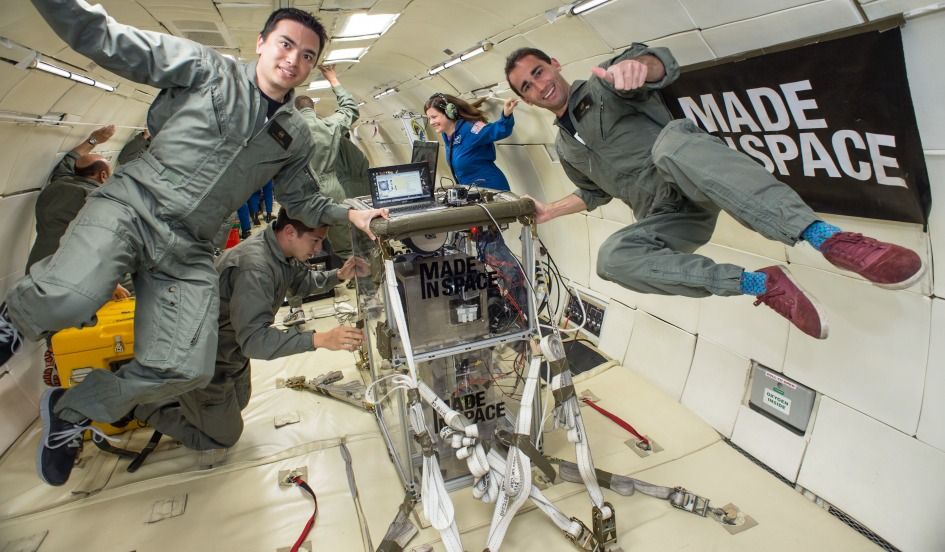Mar 27, 2015
Italian Researchers Expect 3D Printed Eyes by 2027, Providing Enhanced Vision & WiFi Connection
Posted by Seb in categories: 3D printing, bioprinting, biotech/medical
by Bridget Butler Millsaps — 3Dprint.com
There’s one thing you may have begun to notice about digital design and 3D printing: whatever you think might happen in the future is probably going to advance far beyond whatever you envisioned or thought might be a cool idea.
And literally, one day you may be envisioning your entire world, and recording it as well, through completely artificially constructed, 3D printed eyeballs. You may be able to say goodbye to prescription glasses and contact lenses — and even your camera, as your original retina is replaced by a new and digital network contained inside your head, and even able to be swapped out for different versions.Read more
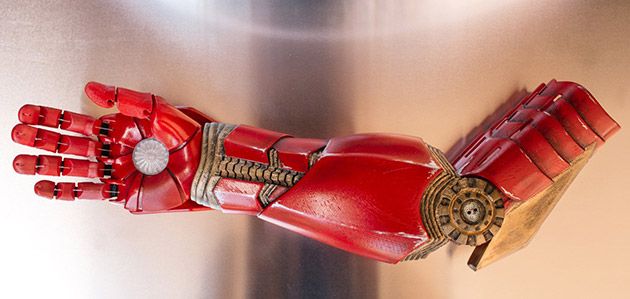

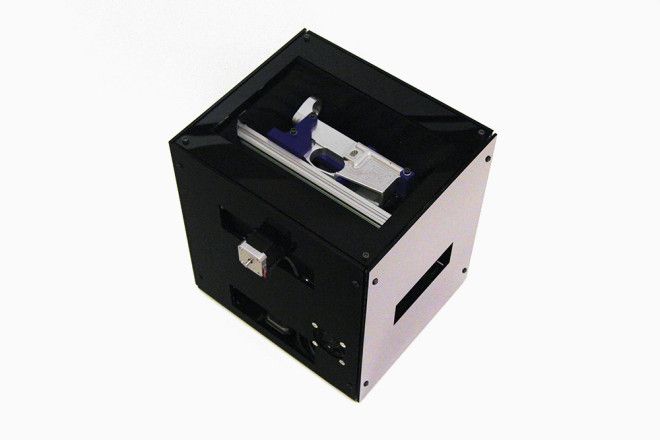
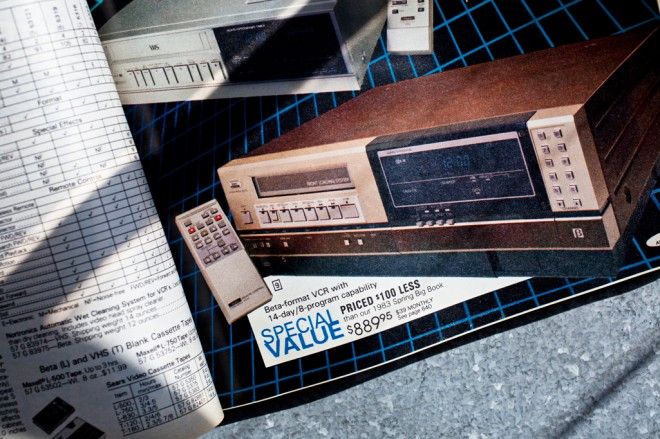
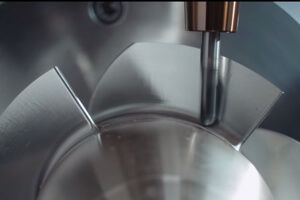 manufacturing methods set to upend industry. Another method, subtractive manufacturing, is the yin to 3D printing’s yang.
manufacturing methods set to upend industry. Another method, subtractive manufacturing, is the yin to 3D printing’s yang.